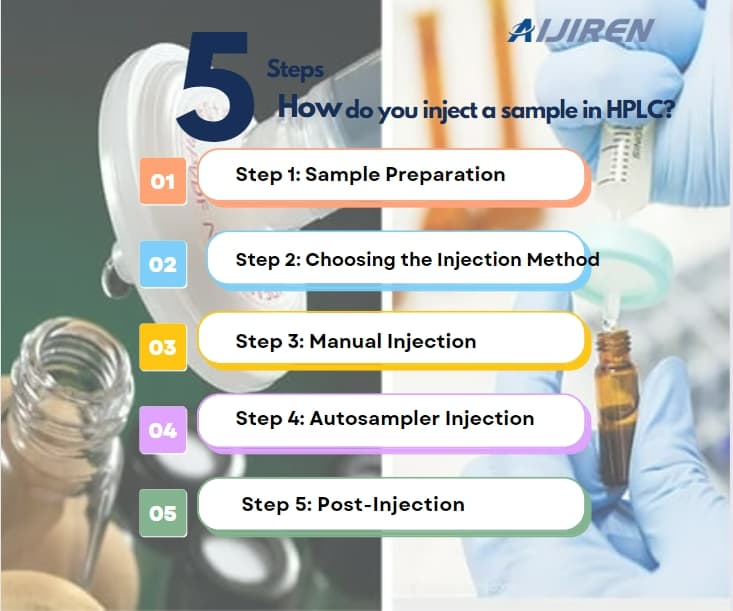
High-performance liquid chromatography (HPLC) is a powerful analytical technique used to separate, identify, and quantify components in a sample. The success of an HPLC analysis largely depends on the proper injection of the sample into the system. Sample injection is a critical step that requires precision and attention to detail to achieve accurate and reproducible results.
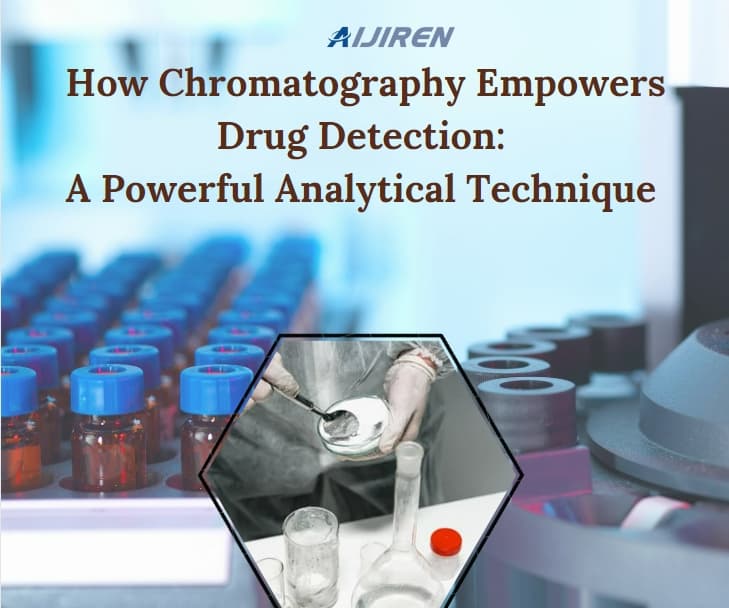
Chromatography, an indispensable analytical technique, plays a pivotal role in drug detection. It is a versatile method that allows scientists and forensic experts to separate and identify drug compounds from complex samples with high precision and accuracy. By employing various chromatographic techniques, such as gas chromatography (GC), liquid chromatography (LC), and thin-layer chromatography (TLC), drug detection becomes possible even in trace amounts. In this blog, we will delve into the world of chromatography and explore how it is used to detect drugs.

Choosing the right micro insert for High-Performance Liquid Chromatography (HPLC) vials is paramount for achieving precise and reproducible results in analytical workflows. Here’s a concise guide to help you make informed decisions:
.jpg)
The main components of the autosampler are the injection needle, needle seat seal, injection valve and syringe. If maintenance is improper or not timely, the injection needle will easily bend and produce burrs, and the needle seat and injection valve will leak and become clogged, resulting in abnormalities such as ghost peaks, residual peak reproducibility, and insufficient quantitative analysis reproducibility. The syringe will produce bubbles, resulting in inaccurate injection. Therefore, regular maintenance of the automatic sampler is an important guarantee for us to do a good job in liquid phase analysis. So how should the maintenance of the automatic sampler be done?

In the field of environmental analysis, the reliability and accuracy of results hinge on the stability of stored samples. The U.S. Environmental Protection Agency (EPA) has established stringent guidelines to govern the storage of environmental samples in vials, emphasizing the preservation of sample integrity over time.
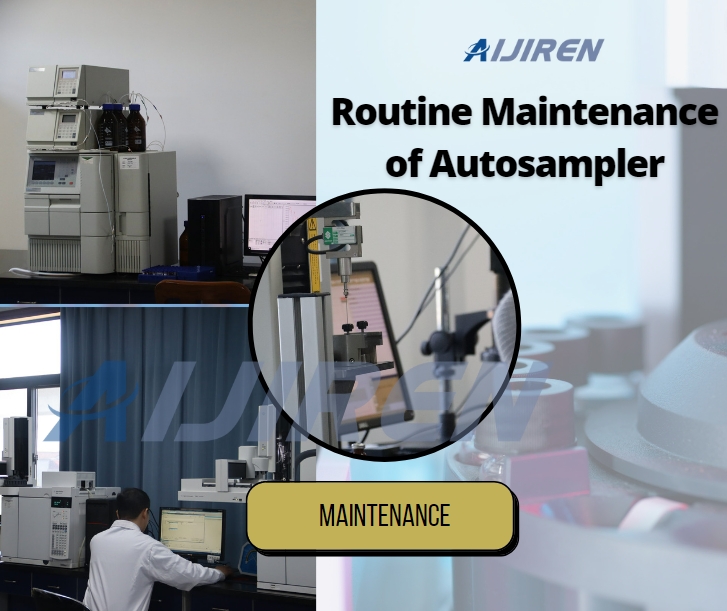
Autosampler failures can sometimes cause headaches. To find out the cause of the fault and effectively solve it, we must first start with daily maintenance and upkeep.
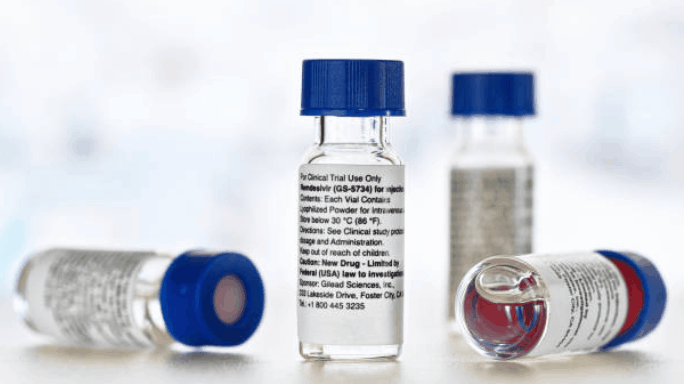
High-Performance Liquid Chromatography (HPLC) has emerged as a cornerstone in the realm of pharmaceutical analysis, playing a pivotal role in ensuring the safety, efficacy, and quality of drugs. In drug analysis, HPLC stands as a powerful and versatile technique that allows scientists to unravel the intricate molecular landscapes of pharmaceutical compounds with unparalleled precision.
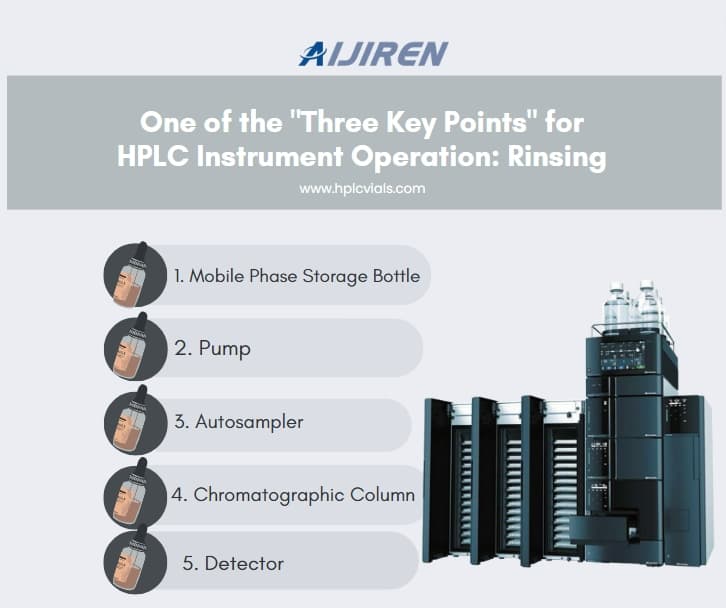
The third key to keeping your HPLC system running well is to keep the system clean. You need to pay attention to all the places where the mobile phase flows through the system. Frequent rinsing of these areas will keep your system in a “ready” state.
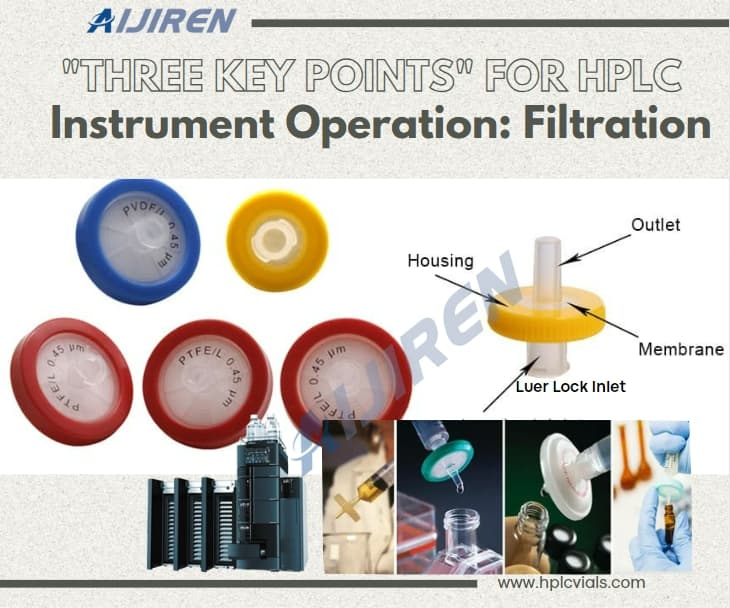
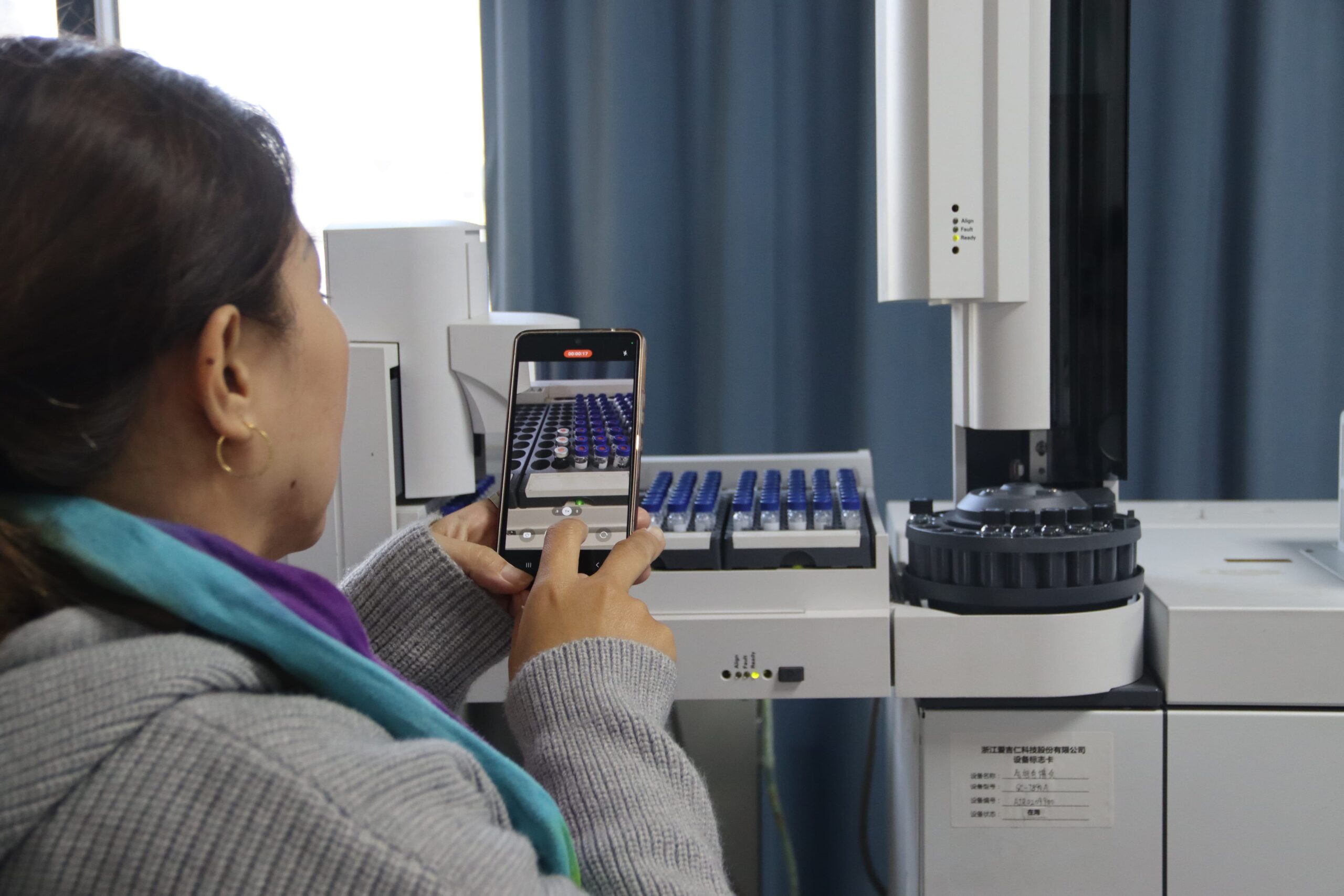
When analyzing compounds with gas chromatography (GC) and gas chromatography-mass spectrometry, sometimes you will encounter the problem of chromatographic peak tailing, which is mainly analyzed from the following aspects: